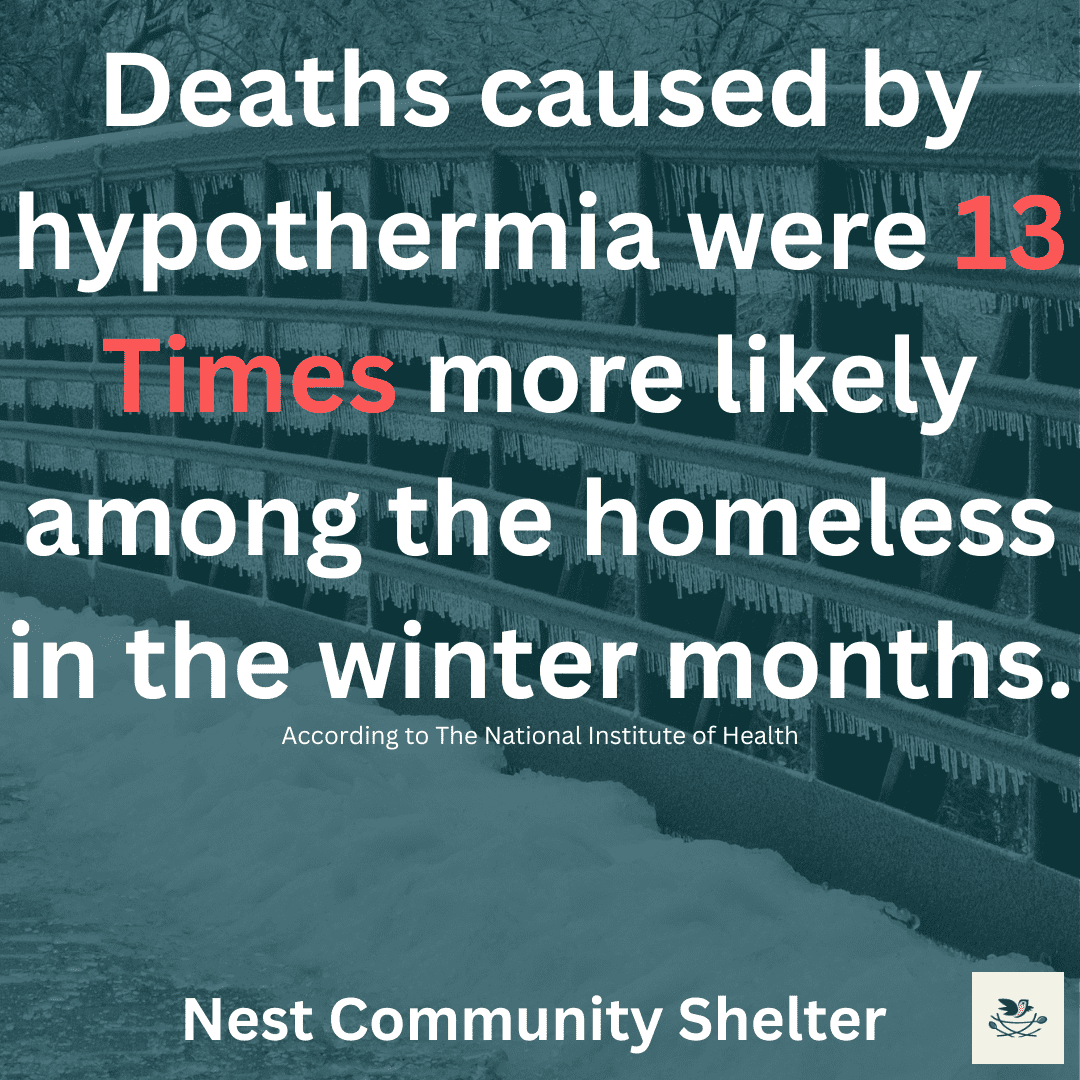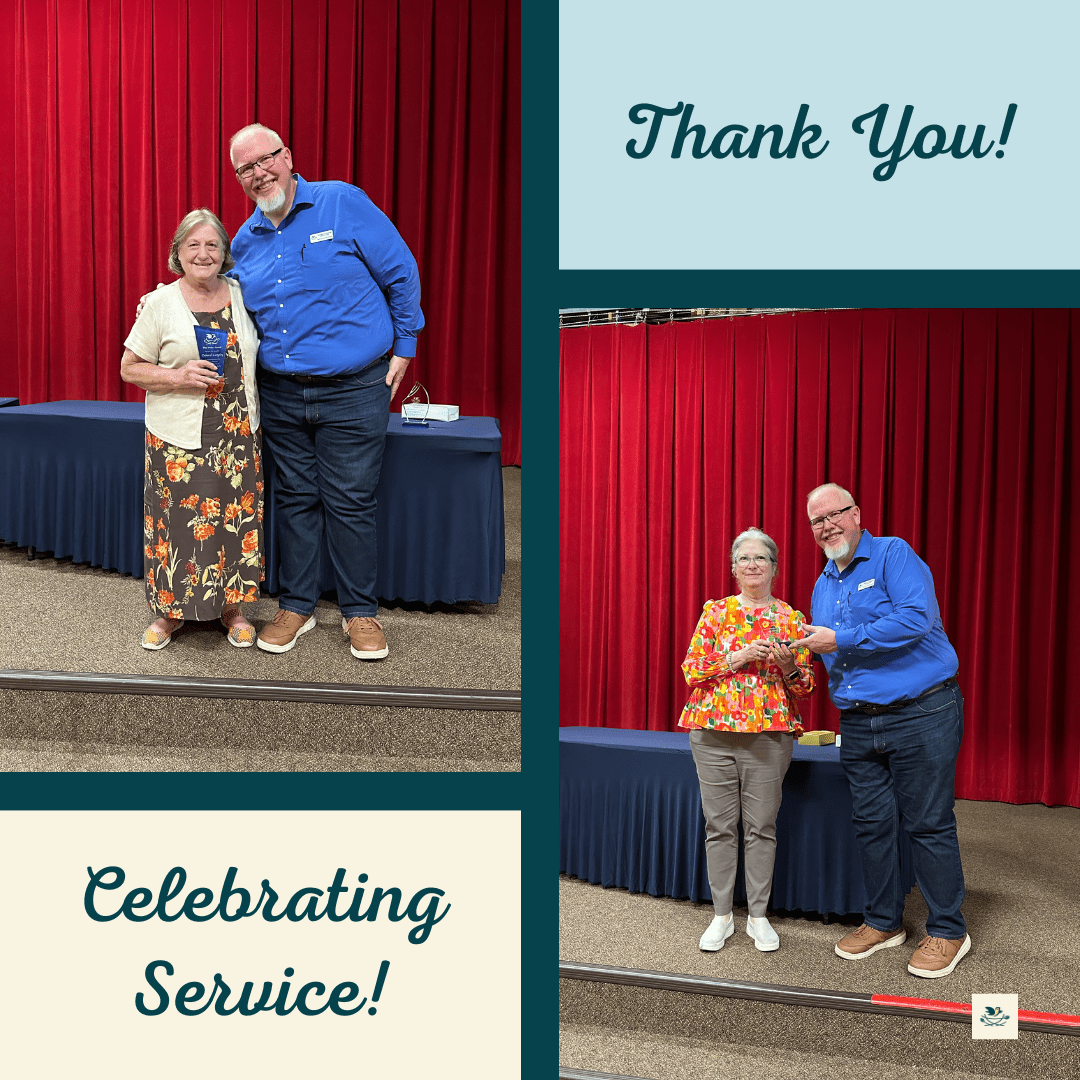
Winter here in Northwest Indiana can be brutal. Lake-effect snow and sub-zero temperatures are common. As hearty Michigan City residents, we often feel an affinity for the beauty and recreational fun this season brings to our area, from winter hikes in the dunes to outdoor festivals and events, followed by getting cozy and warm indoors when our outdoor festivities have ended. However, not all of our neighbors feel an affinity for this frigid season that goes beyond a simple dislike for the colder months.
Our unhoused individuals who find themselves living on the streets during the winter face severe challenges that can be deadly. The harsh weather conditions amplify existing difficulties and introduce new obstacles that can be life-threatening. Here are the top three challenges faced by unhoused individuals during the winter in our city, but this is just a small and simple list of overwhelming obstacles faced by our unhoused community members:
Extreme Cold and Exposure:
-
- The plummeting temperatures during winter expose unhoused individuals to the risk of hypothermia and frostbite. Prolonged exposure to cold weather without adequate protection can lead to serious health complications and, in extreme cases, even death.
- Limited access to warm clothing, blankets, and sleeping bags further exacerbates the vulnerability of unhoused individuals. Damp conditions, often inevitable during winter, can make existing clothing ineffective in retaining heat.
Limited Access to Hygiene Facilities:
- Maintaining personal hygiene becomes a significant challenge during the winter months for unhoused individuals. Access to showers, restrooms, and laundry facilities is limited with many public restrooms closed for the season, and outdoor running water in public spaces turned off for the season, contributing to deteriorating health and a sense of dignity.
- Wet and cold conditions make it difficult to stay clean and dry, increasing the risk of skin infections and other hygiene-related health issues. The lack of facilities to address these basic needs further compounds the struggles faced by those living on the streets.
Lack of Shelter and Safe Spaces:
-
- Finding safe spaces to sleep becomes increasingly difficult during the winter. Beds fill up quickly in the colder months. Exposure to the elements, including wind, rain, or snow, can lead to a heightened sense of insecurity and fear among those living on the streets.
Health Risks and Limited Access to Medical Care:
-
- Winter conditions pose additional health risks, particularly for individuals with pre-existing health conditions. Respiratory issues, such as pneumonia, are more prevalent in cold and damp environments.
- Limited access to medical care compounds the health challenges faced by unhoused individuals. Many may lack the means to seek medical attention or may encounter barriers to accessing healthcare services.
Addressing these challenges requires a comprehensive and compassionate approach from communities, governments, and social service organizations. At Nest Community Shelter, we provide more than a warm bed on a cold night; our goal is to become part of the solution by providing much-needed support services that heal, support, and guide unhoused individuals from life on a cold street to a home of their own. Providing adequate shelter, warm clothing, outreach services, and medical care during the winter months is crucial to ensuring the safety and well-being of unhoused individuals in our community.



